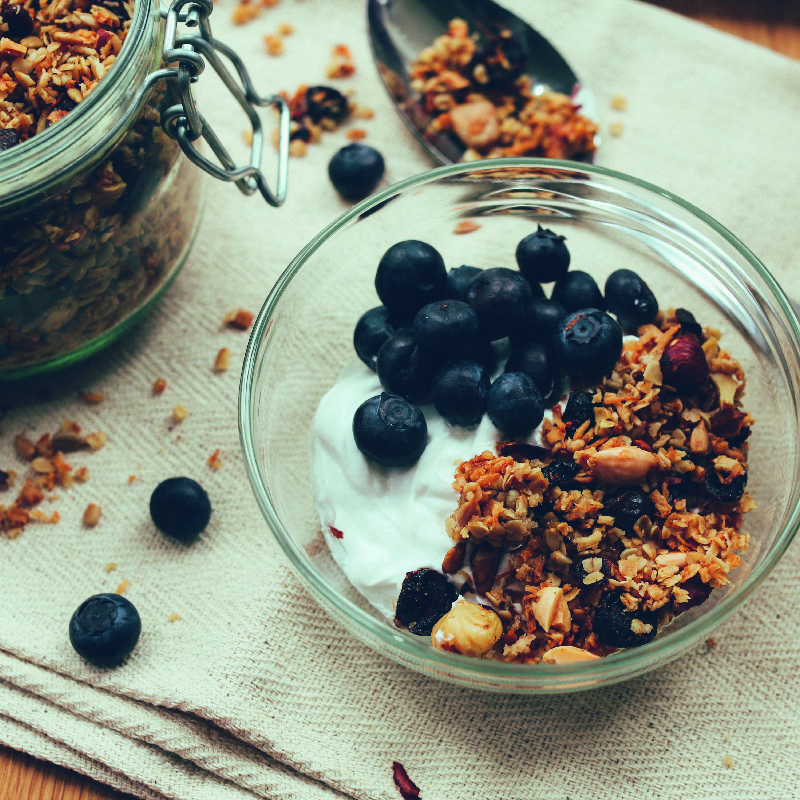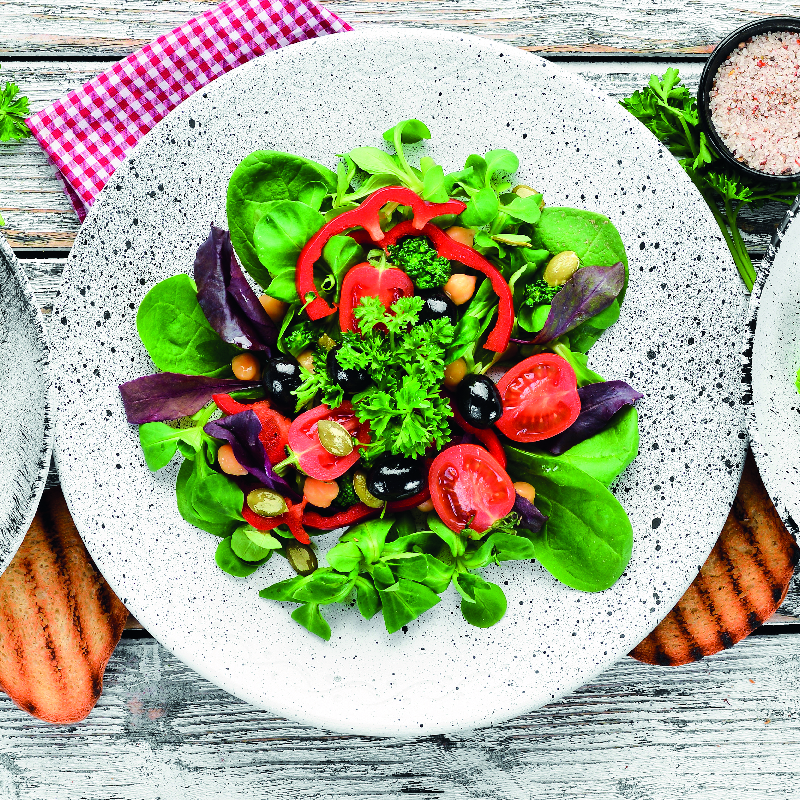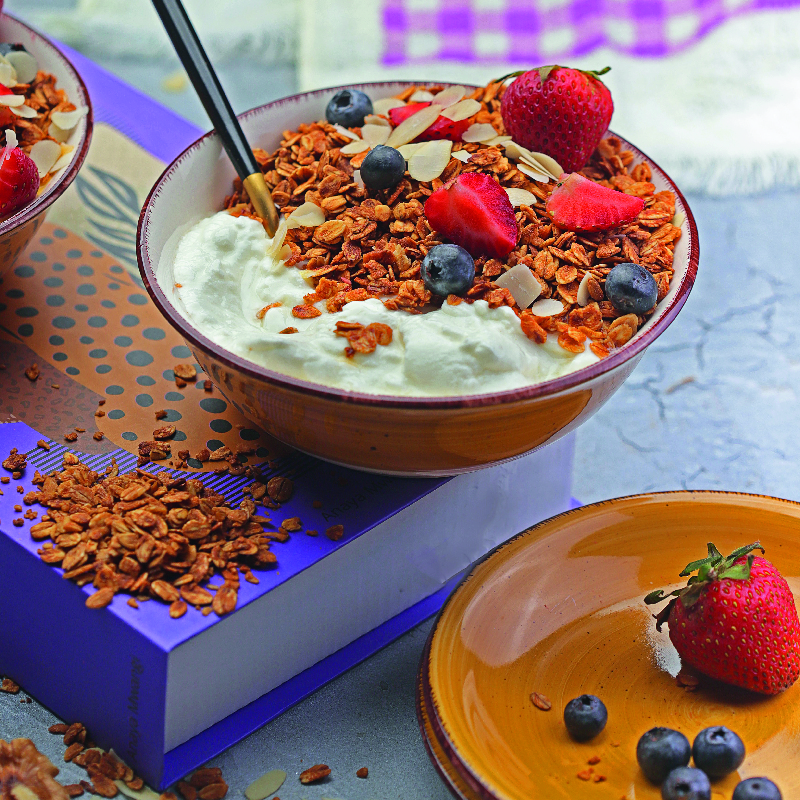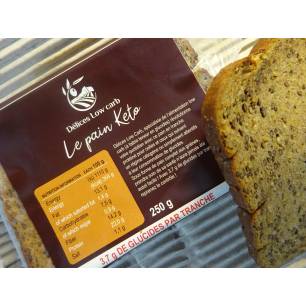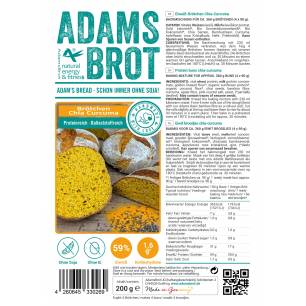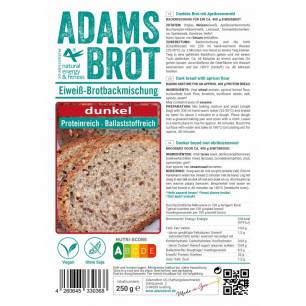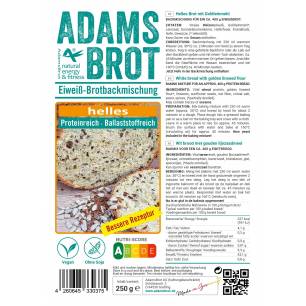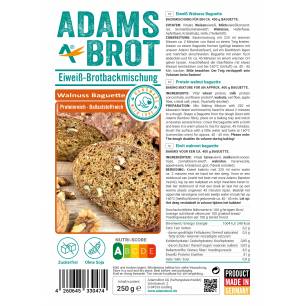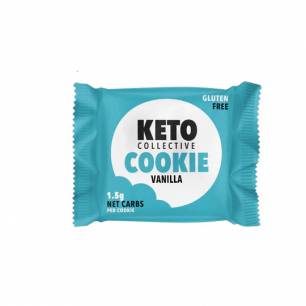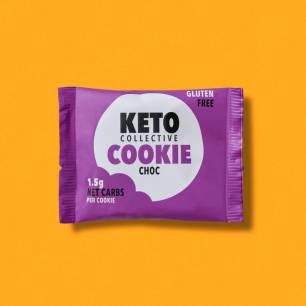.jpg)
Low GI diet
Low GI flours
Low GI bread
Low GI cookies
Low GI sugar
Low Glycemic Index
Low Glycemic Index" or low GI, a term that explains a tendency to consume foods that have a small or conclusive increase in blood sugar. Whether it is bakeries or food stores that exclusively offer certified low GI foods. Studies show a relationship between the consumption of foods with low glycemic index, and especially low glycemic load, for health.
In a Keto diet or Lowcarb, the Glycemic Index of foods is to be taken into account for weight loss or health reasons. The Keto diet favoring fats over sugars is in line with a low glycemic index diet. Weekly menu tips are available in authored books partnered on Deliceslowcarb.
The Glycemic Index
The glycemic index (GI) is a tool that measures the effect of carbohydrates on blood sugar, and ranks them according to that score. High GI carbohydrates cause blood sugar levels to rise and then fall, while low GI foods are digested and absorbed more slowly, so there is a slower release of glucose into the bloodstream.
The glycemic index ranks foods on a scale of 0 to 100. The GI value of a food is determined by giving at least 10 fasting people a serving of the food containing 50 grams of carbohydrate minus fiber, then measuring the effect on their postprandial blood glucose levels (over the next two hours) using the international standard method (ISO 26642:2010) .
For each person, the glycemic response curve (glucose AUC) for that food is then measured over two hours . On a separate occasion, the same individuals consume an equal carbohydrate portion of glucose sugar (the reference food) and the two-hour glucose response is then measured. A GI value for the test food is then calculated for each person by dividing the glucose AUC of the test food by that of the reference food. The final GI value for the test food is the average GI value of 10 people. The glycemic index values are as follows. High GI: 70+ - Moderate GI: 56-69 - Low GI: 55 or less .
The Glycemic Response
After eating, all digestible carbohydrates are absorbed into the bloodstream, producing an increase in blood glucose concentration. The rise and fall in blood glucose can be detected with a blood glucose meter.
Slower-digested carbohydrates and minimally processed starches produce a different response compared with rapidly digested carbohydrates: there is a slower and more prolonged rise in blood glucose, reaching a lower peak. Other factors that contribute to the glycemic response include the amount of food consumed, the amount of processed food, and even how the meal was prepared.
Glycemic load
Blood glucose rises and falls after eating a meal containing carbohydrates (protein increases it less and fat, very little) . When blood sugar rises, the duration of this rise depends on the quality of the carbohydrate (the GI) as well as the quantity. The glycemic load combines both the quantity and quality of carbohydrates, following the formula (GI x grams of carbohydrate) / 100 = glycemic load.
That is, we use the GI of the food, carbohydrates (minus fiber), and the number 100 because the GI is a scale from 0 to 100 expressed as a percentage - therefore, one unit (gram) of glycemic load is equivalent to 1 gram of glucose. Like the glycemic index, the glycemic load of a food can be classified as low (10 grams or less), moderate (11 to 19 grams) or high (20 grams or more). The glycemic load of a meal is therefore calculated by adding up the load of each ingredient used. The optimal is that the glycemic load of a day does not exceed 85 to 100.
Low glycemic index products
At déliceslowcarb you will not be able to find food products such as rice barley and oats. Although with a low GI rice, barley and oats are too high in carbohydrates to integrate a KETO (low sugar with a focus on fat (protein)) or LOWCARB diet.
On the other hand you will find books with tips on how to integrate these food products into your recipes and menus. Other products are available such as:
- pasta
- bread
- oil
In a low glycemic index diet it is possible to integrate:
- salad
- milk
- vegetables
- grains and seeds
- fish and white meat (white chicken, white fish. ..)
- flour
- fruit (to be consumed in moderation)
- water (water being important in any diet)
Without raising the carbohydrates of the diet recipes slim. Depending on the cooking of these food products (in the oven, water bath, frying in oil) the impact on the nutritional value food is to be taken into account.
The importance of stable glucose
Insulin is a hormone produced by the pancreas, which will help glucose enter the cells of the muscles, fat and liver, where it is used to produce energy. Glucose comes from carbohydrates. The liver also makes glucose when needed, such as when fasting. When blood sugar rises after eating, therefore, the pancreas will release insulin into the blood, and this will then lower the blood sugar to keep it in the normal range.
Impact on the body
When one eats too much carbohydrate all the time, especially high GI and with a high glycemic load, there are sugar spikes at all times. As a result, the cells stop responding properly to insulin, and insulin resistance develops. Under these conditions, the pancreas produces even more insulin to lower blood sugar levels. This leads to high levels of insulin in the blood, called hyperinsulinism. As a result, cells can become increasingly resistant to insulin, leading to higher levels of insulin and blood sugar. Eventually, the pancreas can be damaged by reducing insulin production, resulting in hyperglycemia. Once blood sugar levels exceed a certain threshold, one can be diagnosed with type 2 (non-hereditary) diabetes. This in turn has many associated risks, such as damage to nerves, blood vessels, tissues and organs. Damage to blood vessels can increase the risk of heart attack and stroke, and nerve damage can also lead to eye damage, kidney damage and wounds that don't heal.
Integrating it into daily life
To find a recipe idea in a low-GI diet, tip books are available for home delivery or Relay point at déliceslowcarb. On instagram, recipes are freely available on specialized accounts. (Savory recipe, sweet recipe, slimming recipe) for a weight loss and a better diet.
Schedule your lunch the week is possible with these guides in book format to get started and change your daily diet.
Conclusion
In a Keto or Lowcarb diet for a slimming program or just to make an impact on your health and nutrition, it is important to pay attention to your glycemic index. Whether it's in your cooking (recipes, menus), the way you eat, or the food you get delivered. At déliceslowcarb all products are certified low GI and compatible with your diet. In terms of nutrition, Keto products fit perfectly into a low GI kitchen. The bread, flour and other products you receive by delightslowcarb will work with you on your low-sugar diet.
